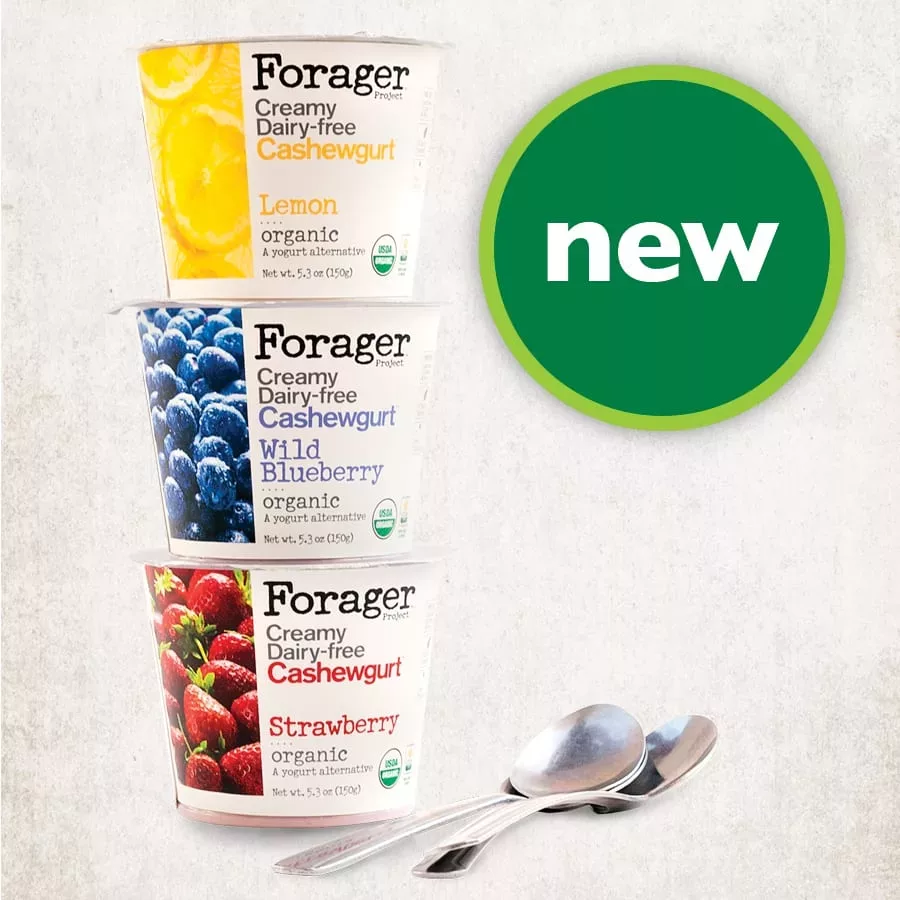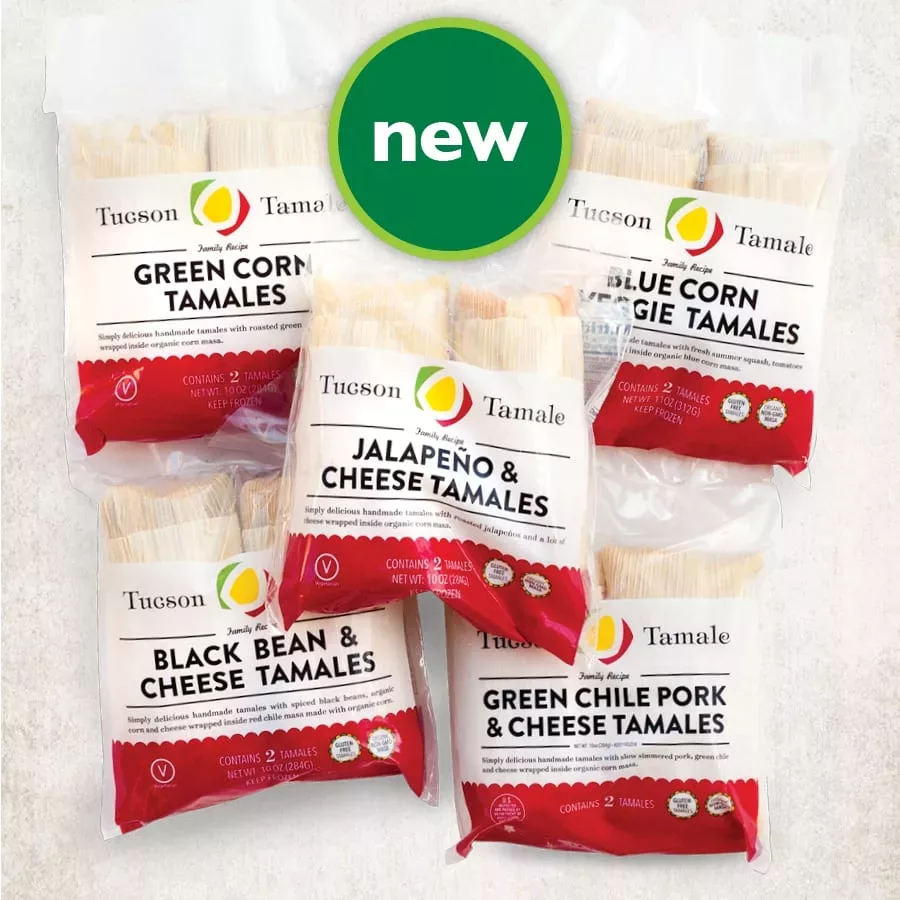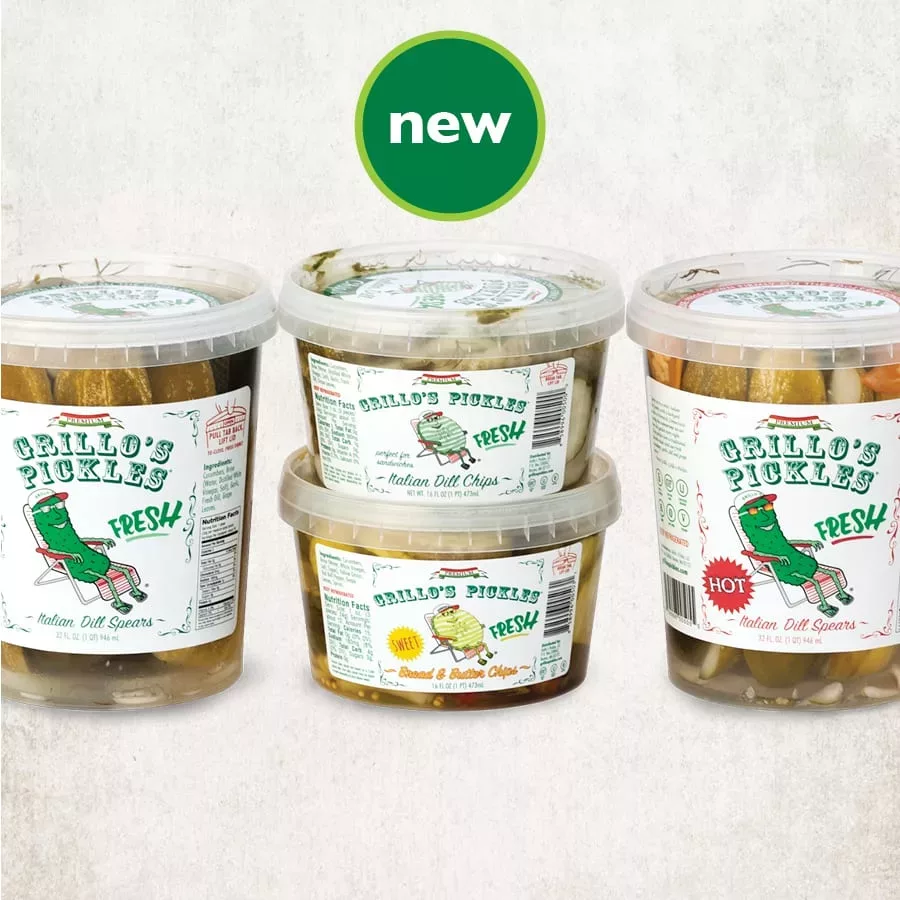
June Staff Pick and New Items


Tucson Tamales
$6.49/package of two tamales
Unwrap some happiness and enjoy Tucson Tamales. Every tamale is hand rolled and gently steamed. The masa is made with organic and non-GMO corn and non-GMO expeller pressed canola or sunflower oil instead of lard. Gluten-free. In the frozen section.
green chile pork & cheese tamales, jalapeno & cheese tamales, black bean & cheese tamales, green corn tamales, blue corn & veggie tamales (vegan)

Grillo’s Pickles
$6.26/pint bread & butter chips and Italian dill chips
$7.49/quart Italian dill spears and hot Italian dill spears
Grillo’s Pickles recipe originated in Italy and has been passed down in the Grillo family for over 100 years. Hand-packed with crunchy cucumbers, fresh (never frozen!) white California-grown garlic, and fresh-cut dill. Grape leaves are used as a preservative for a natural crunch without any chemicals.
Gluten-free, vegetarian, vegan, kosher.

Forager Project Creamy Dairy-free Cashewgurt
$1.99 each (5.3 ounces)
No tricks, no flourishes, just what nourishes. A yogurt alternative that is rich in probiotic goodness. Certified organic, non-GMO, kosher and free of lactose, gluten and soy.
wild blueberry, lemon, strawberry, vanilla